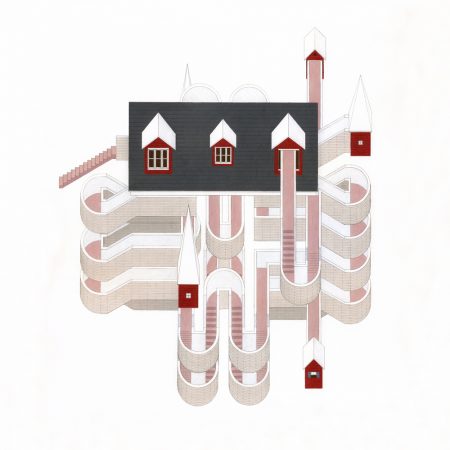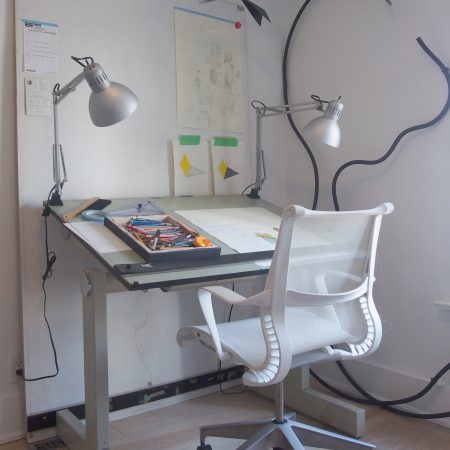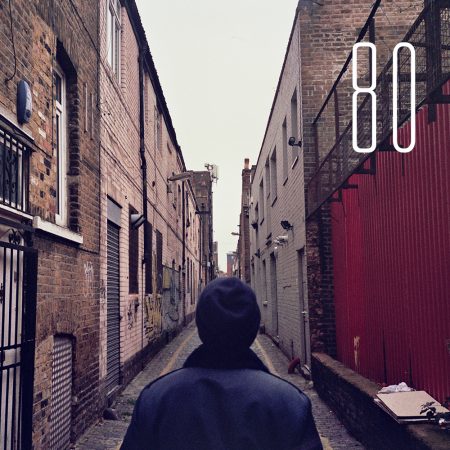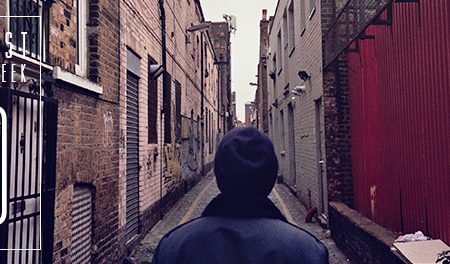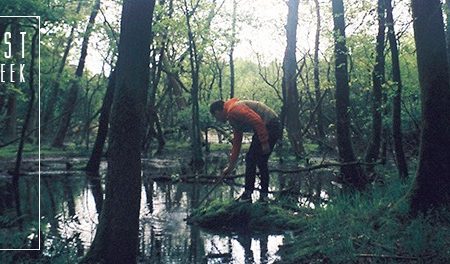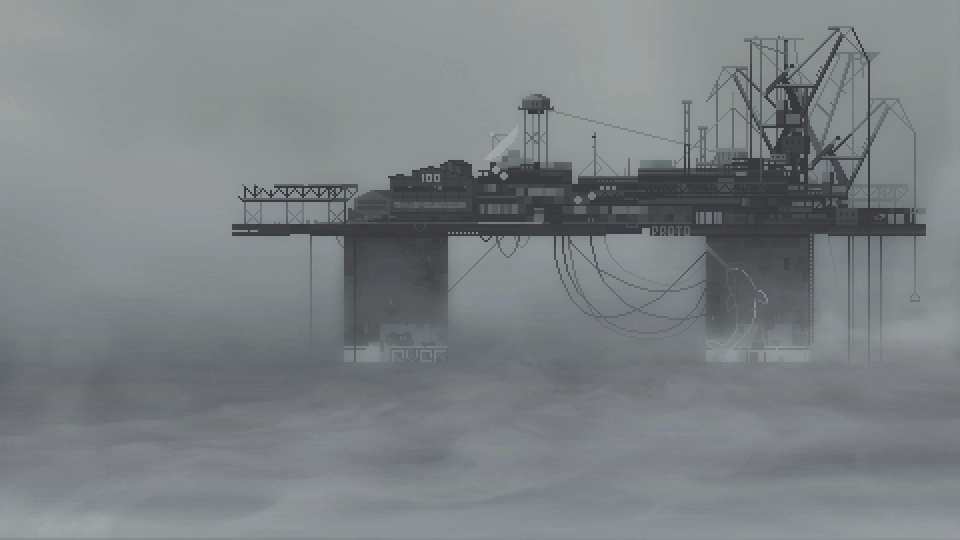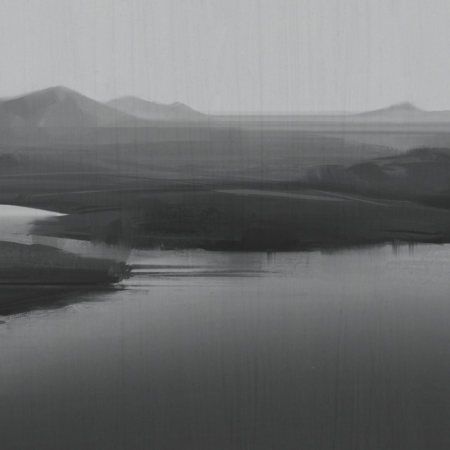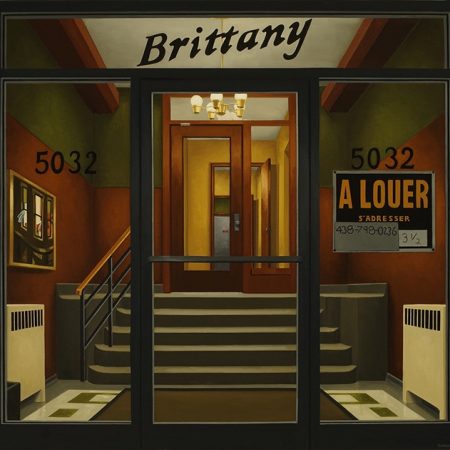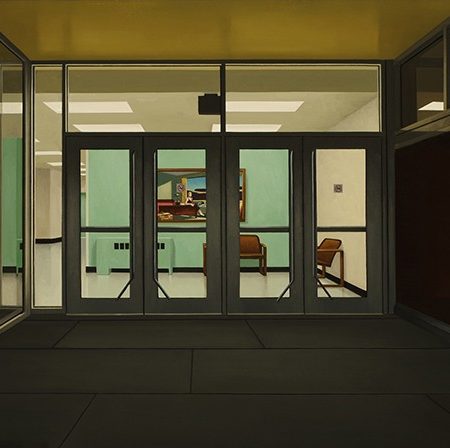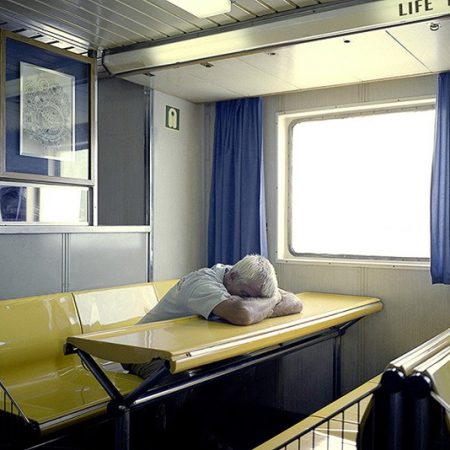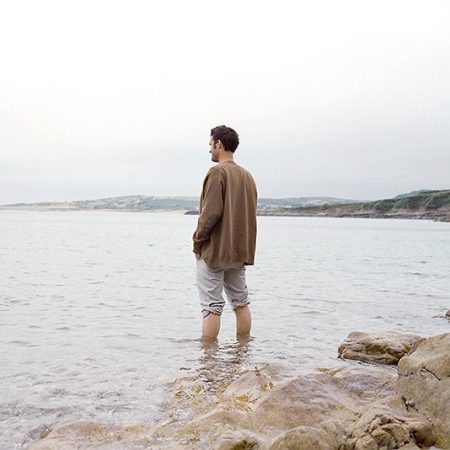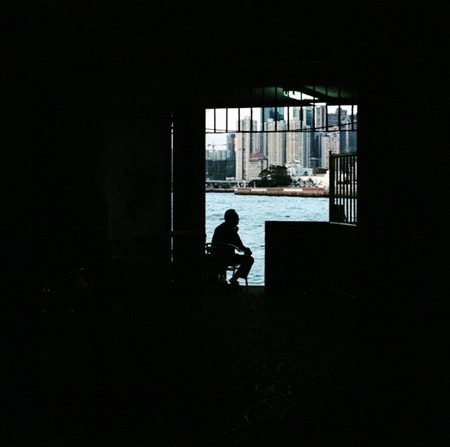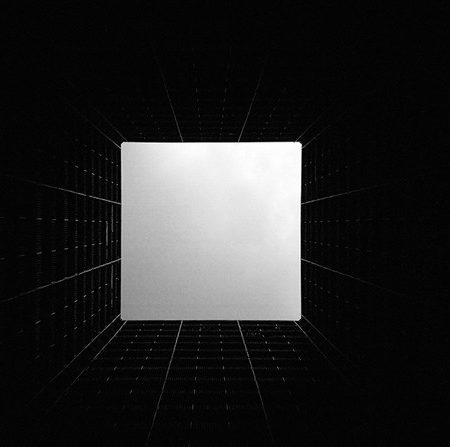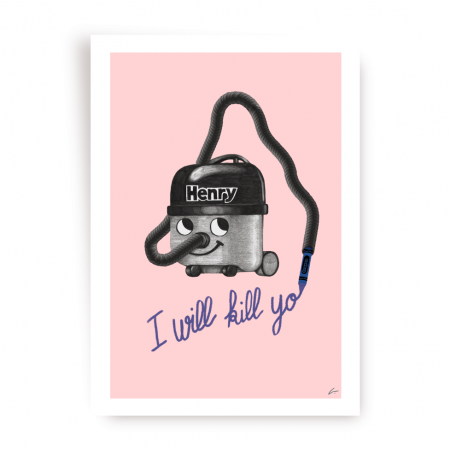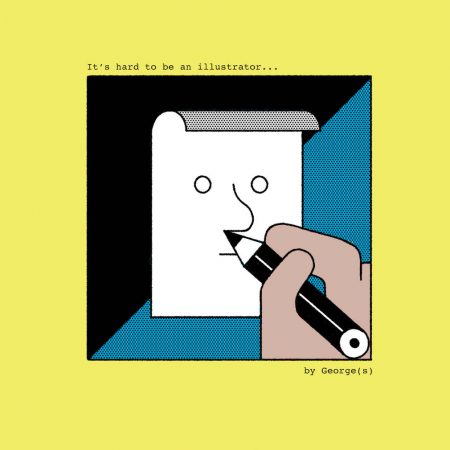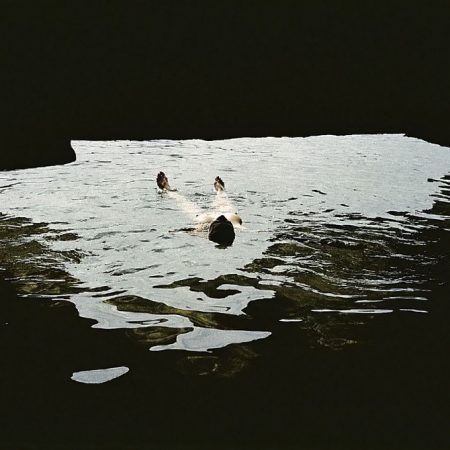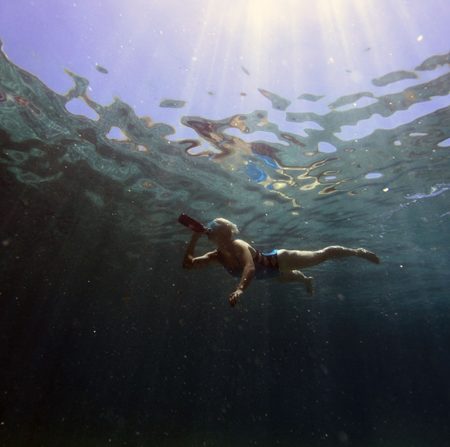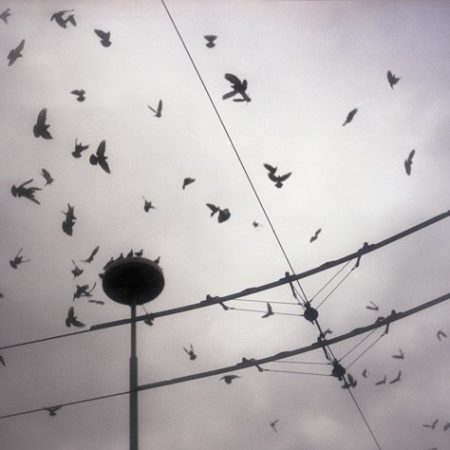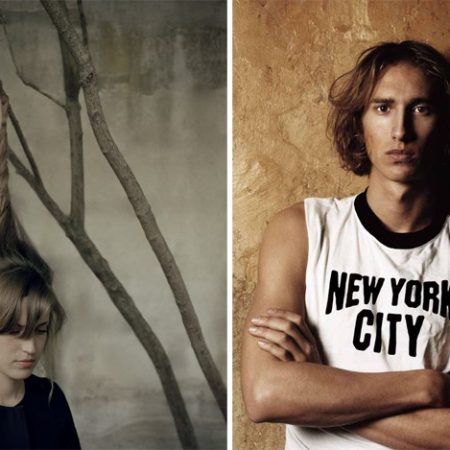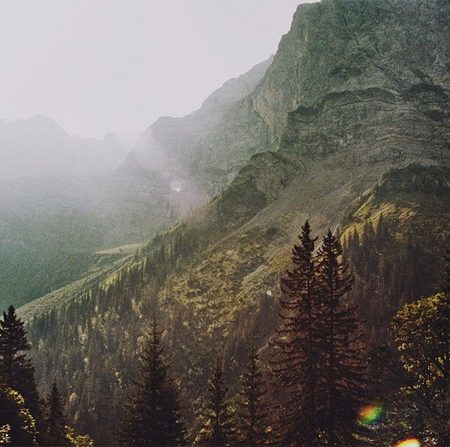Jakub Rozalski
ART . March 29th, 2017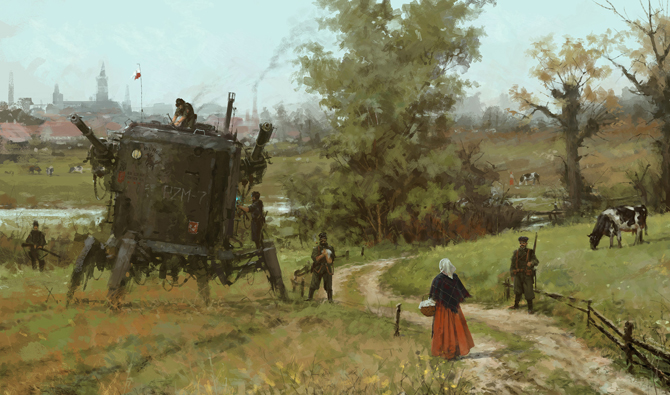
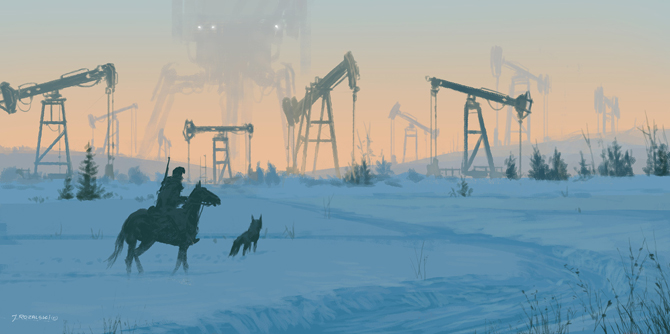
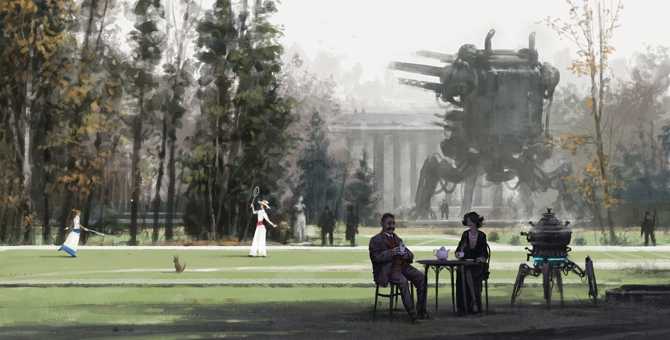
Interview with the Polish artist, Jakub Rozalski.
Hey Jakub, where and when were you born? and where are you right now?
I was born on the Polish West Coast, grew up in a small village surrounded by forests, lakes and rural atmosphere. Currently I live in the Western Carpathians mountains, in the south of Poland.
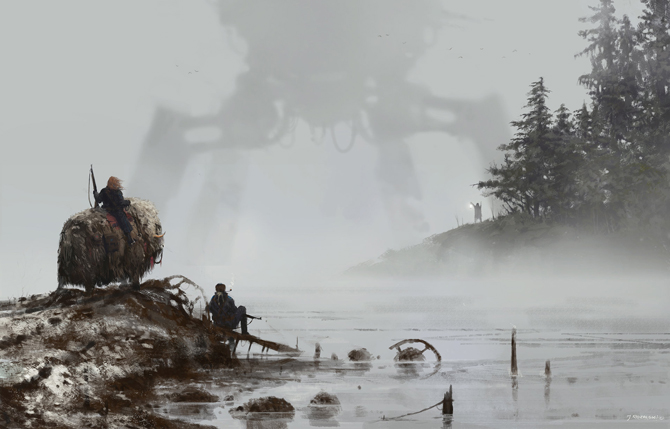
What’s your 1920+ world all about? Can you introduce us to this universe?
Well, I love this period, beginning of the twentieth century, when tradition clashed with modernity, and the world was still full of mysteries and secrets. However, the whole 1920+ project & world initially was based on the historical events: the Battle of Warsaw in 1920 and the Polish–Soviet War (February 1919 – March 1921). This battle is considered by many historians as one of the most important in the world’s history, since it changed the fate of Europe and stopped the Red Revolution.Anyone hardly knows about this and it is a very interesting historical period.
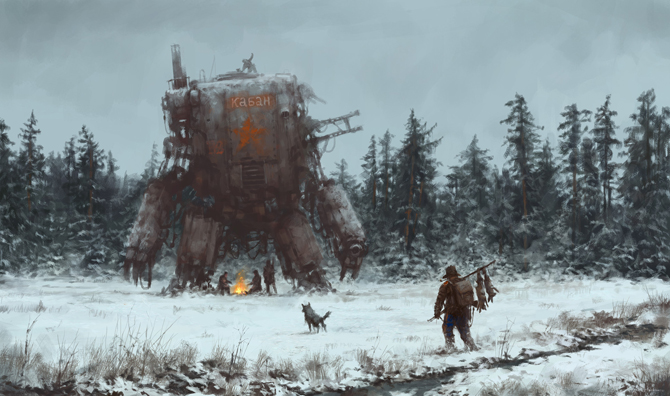
This is also the last time in history when cavalry was used on such a scale, and played a key role in battle. I think you can also find there some kind of longing for the world and life closer to nature which has been aggressively taken by technology and civilisation. Also, I wanted to show war from the perspective of regular, normal people, maybe not so epic and heroic. Generally, I wanted to combine the classic motifs of cavalry, daily life in the countryside, realistic painting of the late nineteenth and early twentieth century, rural climates as well as add my own concepts & ideas, tell something of the history and culture of my motherland and Europe in an original, alternative and interesting way for a audience but especially for me, as a artist.
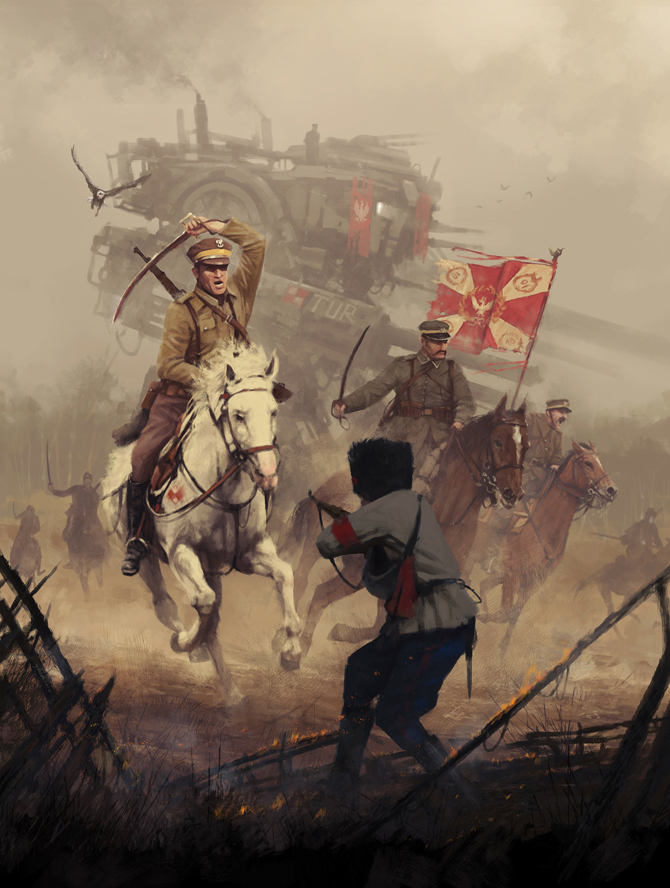
Your work is obviously inspired by the 19th-century painting History but is there a more specific period that you choose to base your style on? and what painters are you inspired by?
I think the greatest impact on me and my work, had the nineteenth century painters, like: Józef Chelmonski, Józef brandt Brand, Isaac Levitan or Ivan Shishkin.
Through my work, I try to combine classical painting style, mythology, history and interesting concepts, create a unique atmosphere via telling some kind of story, showing everyday situations in an unusual environment.
On the ‘retro-futuristic’ side, where do you get your inspiration from? Are all those incredible machines coming just from your head?
Basically yes. Of course I grew up playing video games and watching sci-fi movies, also mechs and gigantic robots always fascinated me. When it comes to the specific machines that can be seen in my paintings, they are mainly inspired by the first tanks and other war machines from the beginning of the 20th century.
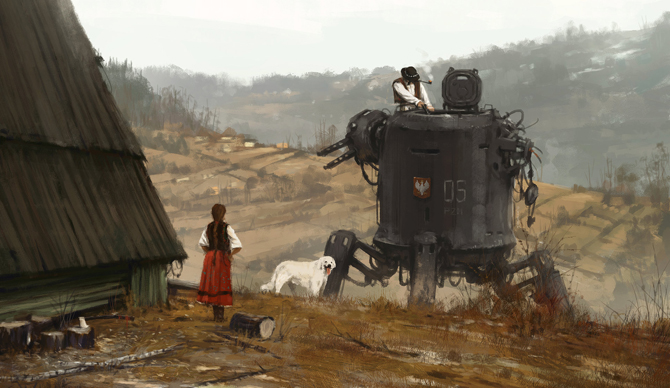
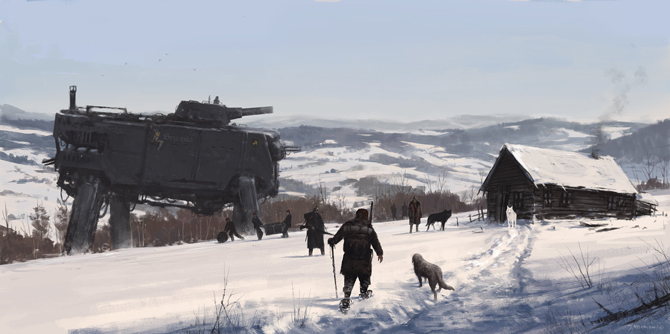
Can you tell us more about your creative process and the tools you use?
*you can fine a lot of my work process on my ArtStation
There is no rule, art is not exact science, so everything goes much more unpredictable :) Sometimes it is impulse, moment, some picture will come to mind, some idea and I just sit down and paint. I usually start working when I have a ready vision of what and how I want to paint, what story I would like to tell. Then, sometimes I do quick sketches, composition, sometimes looking for reference photos, depends on what level of realism I want to achieve. The execution itself is already a formality, it may take several hours, maybe several days, or maybe several weeks for a canvas painting.
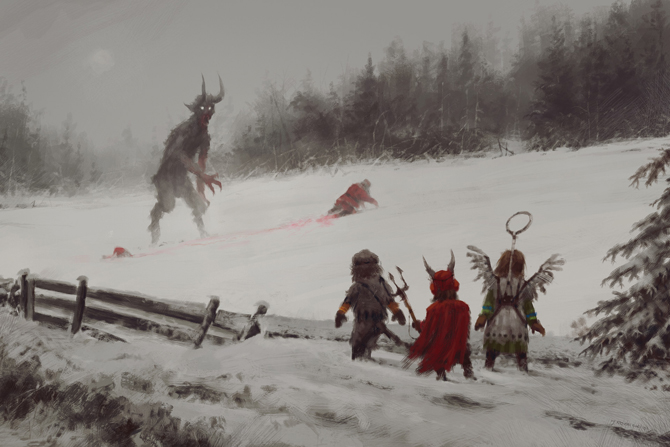
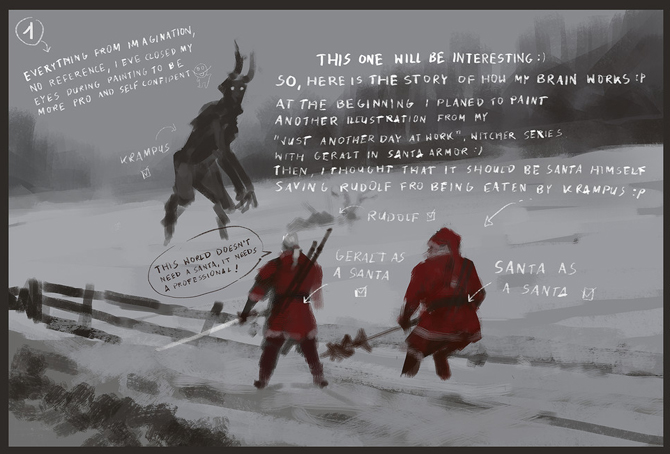
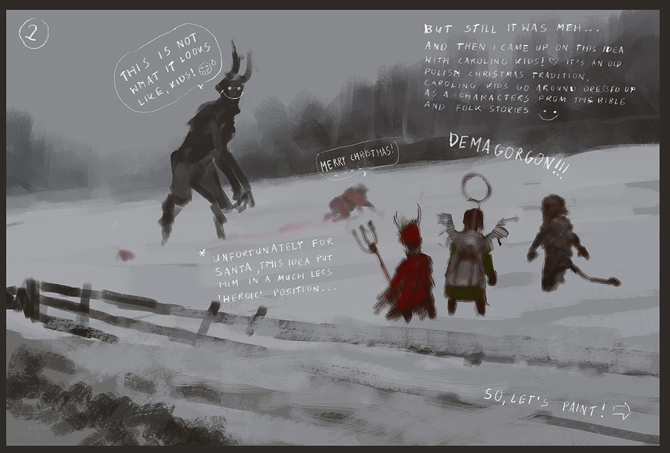
What do you think is the most important difference between traditional and digital painting?
Do you still paint in the traditional way sometimes?
Of course, I have a fine art background and education and still love paint traditionally on canvas. The main difference for me is time and the ability to save work at any time. The possibility of quick changes and corrections. However, in the end it is only another tool.
It’s obvious that you’re very interested by War History and History of Europe in general- did you based some of your paintings on actual historic events?
Yes, a few of my paintings show alernative versions of historical events, mostly related to my country’s history. The most popular of them is probably “1410” referring to the great battle of Grunwald.
It seems that your works often take place either before or after the battles, why is that?
That’s true. I don’t like to paint battle scenes or scenes of fighting, they are boring to me and too literal. I definitely prefer the “silence before the storm” situation, where you can feel the tension of the coming events, but what will happen I leave to the imagination of the viewer.
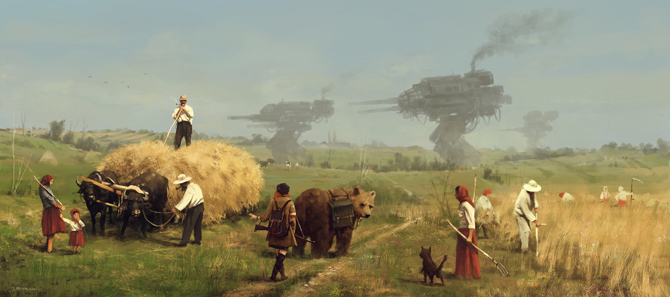
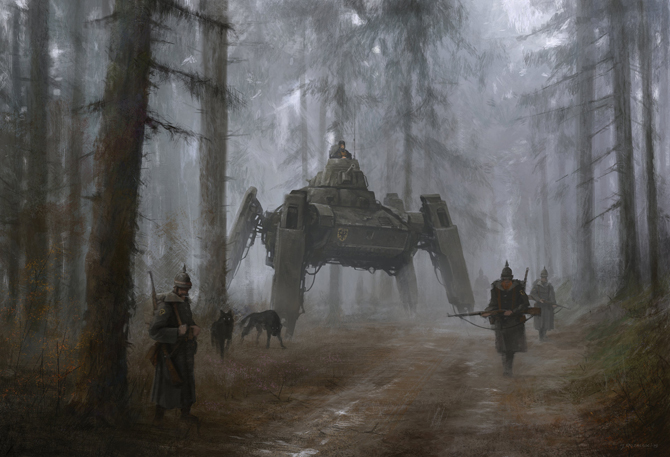
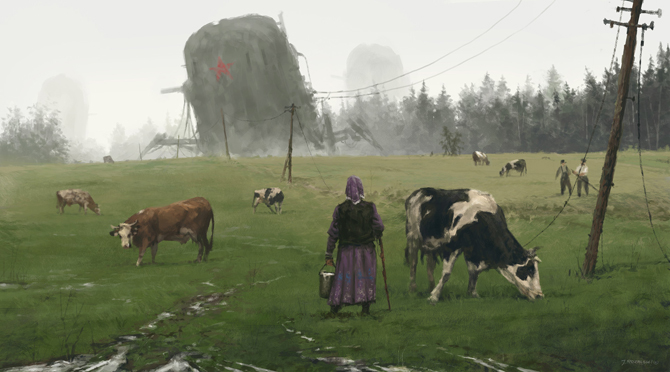
Can you tell us more about Iron Harvest, the video game inspired by your World of 1920+ universe?
Who’s behind this project and what’s your role in it?
Yes, It will ba a RTS video game set in my World of 1920+. After the spectacular success of the Scythe. I received many proposals from different studios from around the world. I decided to work with King Art Studio, because I like their philosophy and approach to game development, and the quality of their products. They are not so big, to have to be guided only by accounting and profits. But they are big enough and experienced, to create a great, highest quality product. What they proved many times. I also wanted to have a real influence on the creation process of the game. King Art Studio gave me that opportunity.
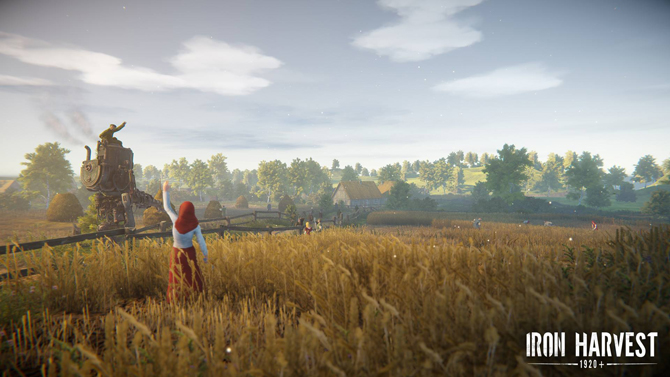
I am very happy of our cooperation and I’m sure that the Iron Harvest will be a unique & awesome game! I’m very excited about this project. Video games have been a very important part of my life since the early nineties, so this is like another dream come true. Definitely the plan is to add a new art book to the physical edition of the game.
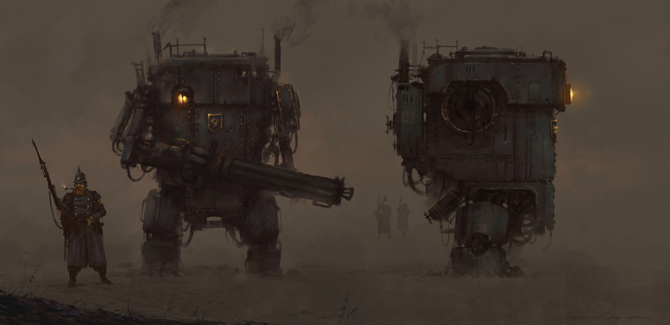
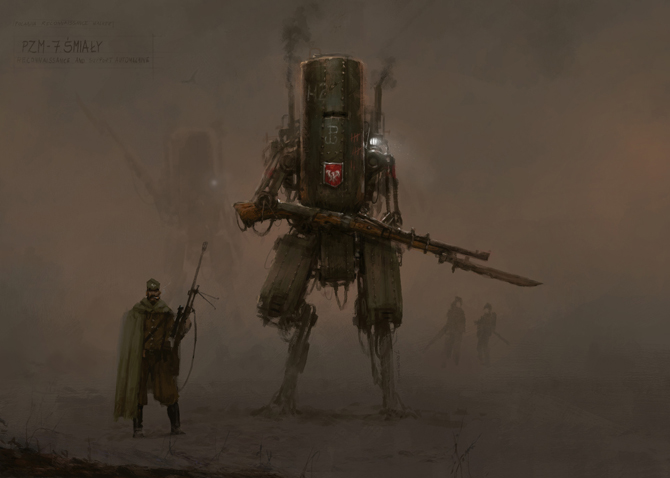
Are you happy with their interpretation of your work?
I’m glad with every interpretation of my work. Not every one of them agrees with what I want to show or say, but I’m glad that people finds something interesting for himself in my work.
What’s next for you?
TV series or movie, based and set in my world 1920+, it would be awesome!
Can you tell us more about your fascination for the Werewolf and its role in your works?
I really like those subjects. Werewolves for me are the epitome of the wild, original force of nature, brute strength, like them very much. I always imagined them, not as evil monsters, but more as a mythical guardians of the old order of nature.
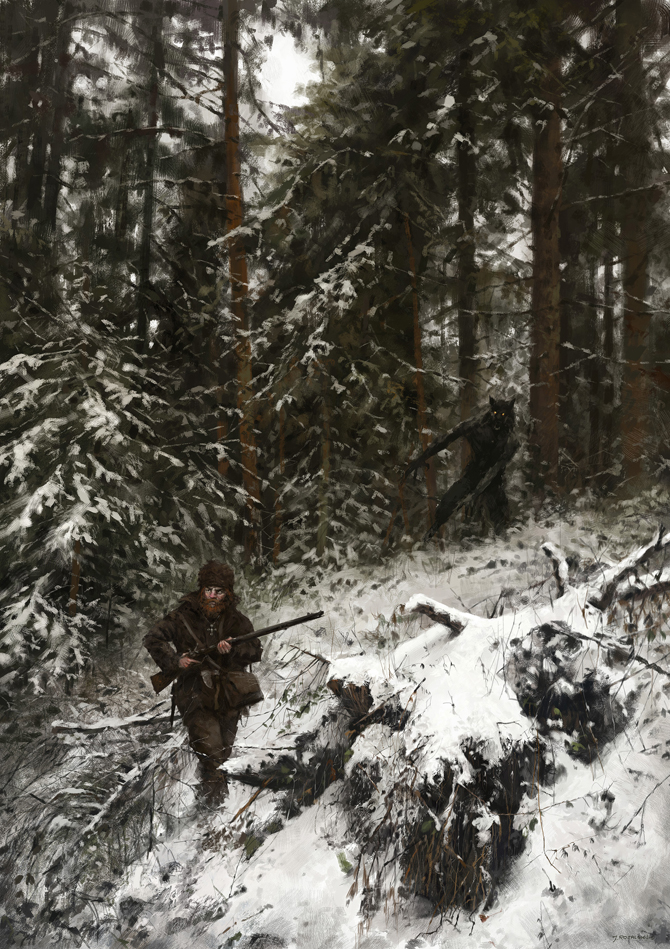
Do you live from your painting?
Yes, it has not always been the case, but since the spectacular success and popularity of my 1920+ world. I cannot complain, I make really good money and I work only on my personal projects.
What are you going to do just after having answered to this final question?
Paint, of course! :)
Thanks for your answers Jakub!
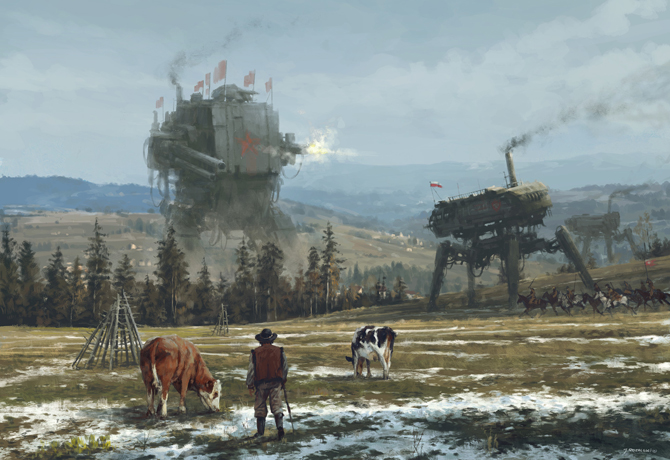
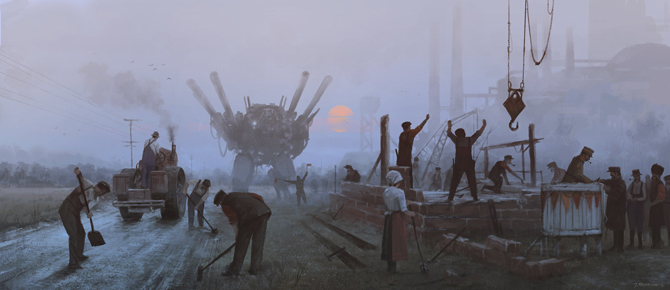

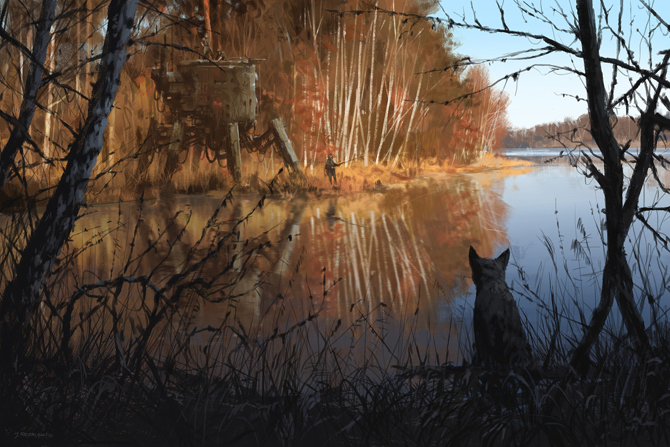
+ artstation.com/artist/jakubrozalski + twitter.com/mr_werewolf_art
